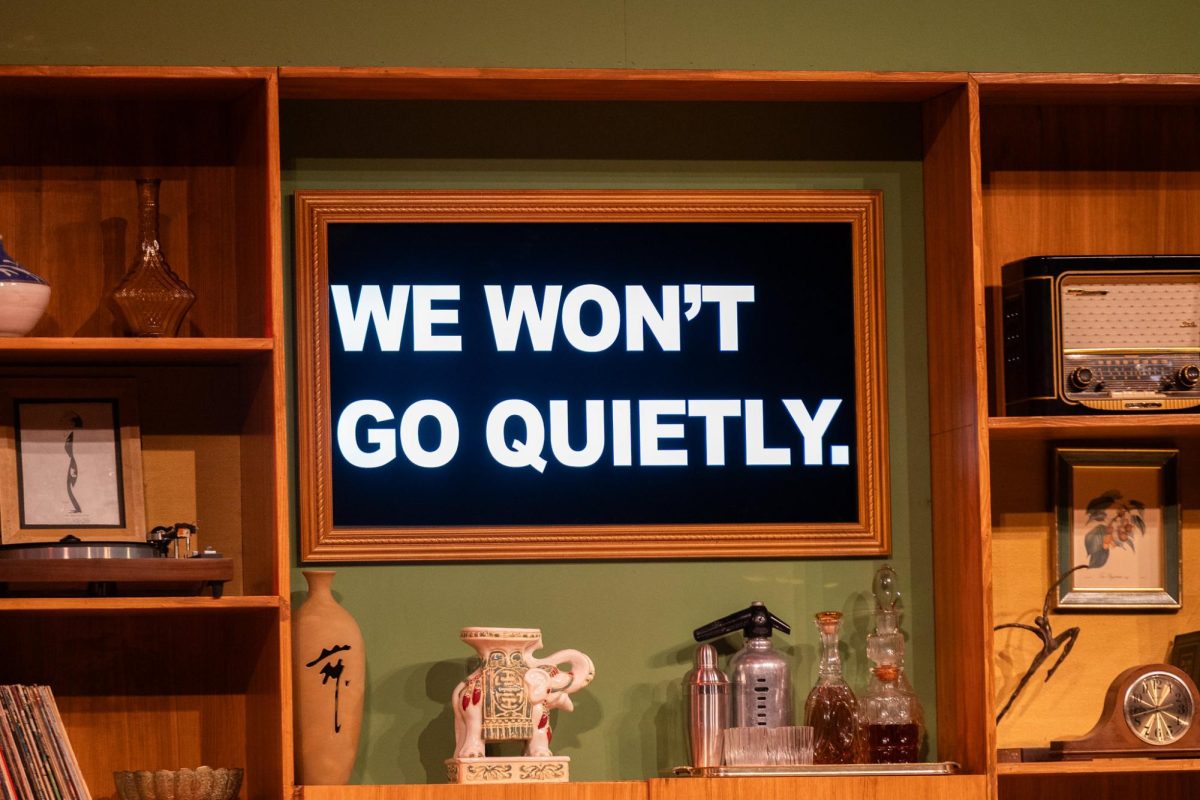Pepe the frog started as a lighthearted comic about floating around your 20s: enjoying the little things in life, hanging out with your roommates, pulling your pants all the way down when you pee. Now, the once innocent Pepe is associated with racist alt-right imagery and memes that call for violence against minorities and rising up against the “normies,” all while spouting antisemitic messagery.
So, is Pepe the frog racist? The documentary “Feels Good Man” explores this topic and portrays Pepe’s start as an innocent comic into what seems like nothing but awful rhetoric used by members of the alt-right community.
The documentary centers around Matt Furie, the creator of Pepe, who seems understandably more comfortable drawing at his table than discussing the current bastardizations of his creation, Pepe the frog. In response to a question about what people get wrong about drawing Pepe, Furie responds “probably when [people] put Pepe on the internet saying ‘kill Jews’”.
“Feels Good Man” shines a light on appropriation, and how something can turn so twisted and morphed that it becomes unrecognizable from its former self. At the same time, the documentary shows how Pepe is much more complicated than just an innocent comic that was appropriated primarily by 4chan users.
Although the image of Pepe the frog may be known to many as a symbol of white power, others see the symbol as a beacon of democracy. How is it that Pepe the frog, listed as a hate symbol by the Anti-Defamation League, was used as a gathering symbol for Hong Kong protestors during their fight against a bill proposed by Carrie Lam? A bill which “…would have allowed for criminal suspects to be extradited to mainland China under certain circumstances,” said BBC News’ article, The Hong Kong protests explained in 100 and 500 words. During the Hong Kong protests, Pepe the frog was spotted wearing a protective hardhat, often depicted as a first-responder, or even a journalist. To the Hong Kong protestors, the motto “Feels good man” is inspiration enough to keep fighting for what they believe in.
Today, Pepe the frog’s associations with racism and xenophobia have overshadowed everything else it could be. Furie has even started the “Save Pepe” movement in order to reclaim Pepe as what he believes it stands for. Furie hopes that this movement can “redefine” Pepe. Furie’s efforts to save his character started in 2016, and when he found that there was no slowdown of his creation being used as a medium to spout prejudiced rhetoric, he actually made a comic in which he killed Pepe, hoping that it would stop the influx of hateful messages. His attempts to combat the messages associated with his character have been proven futile as there remains a stigma against Pepe the frog.
Part of what made Pepe the frog so accessible to so many people is its simplistic style: Big lines, simple shapes, an inviting friendly face that looks peacefully content. “A happy little frog”, as Furie puts it. It’s more than just a meme; It’s a rallying cry for racists and freedom fighters alike, and the template gives people the power to create their own message to share. “In the end, Pepe is whatever you say he is, and I, the creator, say that Pepe is love,” Furie told the New York Times.




































